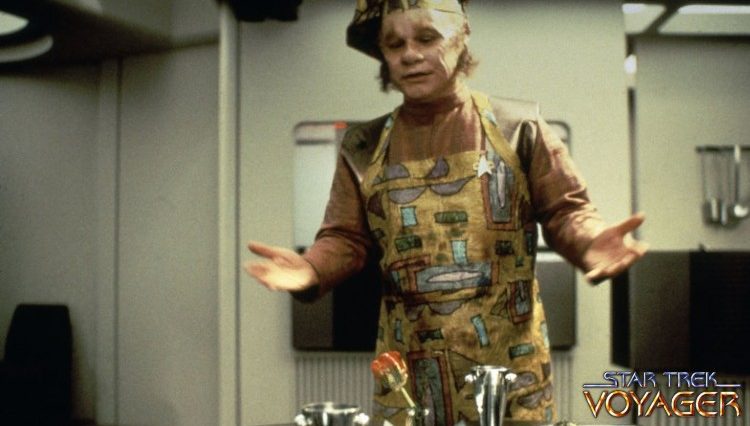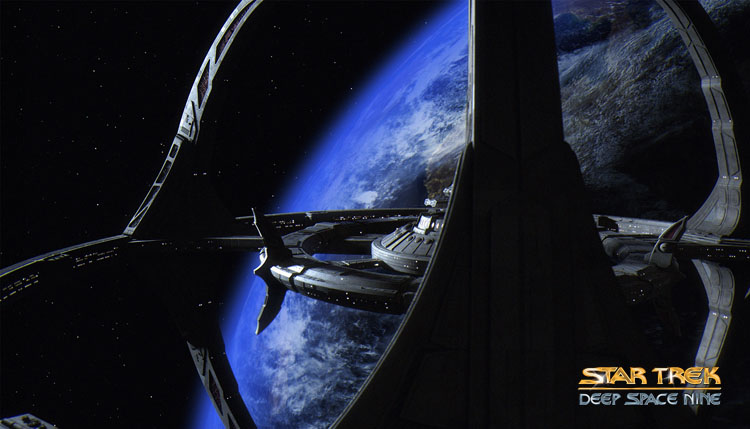
In 1993, When Deep Space Nine premiered, it was a breath of fresh air, full of conflict and possibility. In respecting Gene Roddenberry’s wish to avoid conflict among the human characters, creators Rick Berman and Michael Piller took the journey outside the view-screen to the very uncomfortable dealings between the Federation and non-aligned planets, namely the Gamma Quadrant, Bajor, and the attempt to rebuild after a long and torturous occupation by the Cardassians.
It took roughly three years to get out from under the shadow of Utopia and “peaceful co-existence” as represented in the first successful spin-off series, Star Trek: The Next Generation, which, while well-made, nurtured admittedly bland characterizations and a deficit of human drama. It was only when Roddenberry’s failing health forced him to retreat from the series did the show begin to shine and stand out.
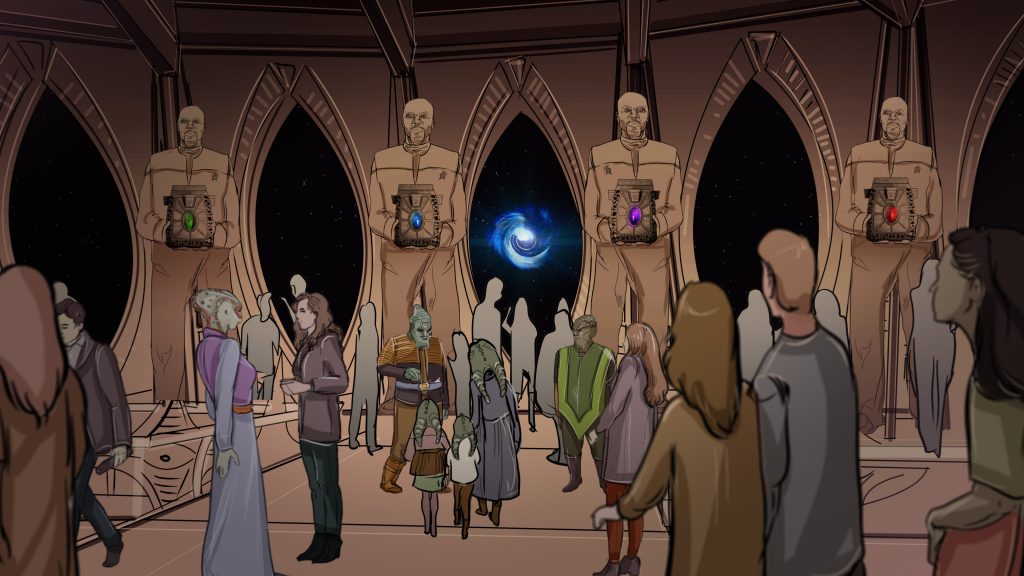
After a couple of years, Berman started work on a new series with Jeri Taylor and Brannon Braga, Star Trek: Voyager (which would take inter-personal conflict to a new level), and he left the day-to-day production to Ira Steven Behr, who treats us to this documentary going back to Deep Space Nine, and all the turmoil that would entail. Behr is the person responsible for the more compelling aspects of the show, experimenting with the story-arc format and making the show “must-see” television, and this is the exact moment Deep Space Nine surpassed Star Trek: The Next Generation.
I refer specifically to the moment at the end of the second season when a Dominion warship collided with and destroyed a Galaxy-class starship. Based on the changing looks of the cast Behr assembles for interviews, it’s obvious the project was a labor of love recorded piece-meal over several years. Behr gets nearly everybody into his movie. Notable exceptions include Avery Brooks (seen only in file footage) and Rosalind Chao.
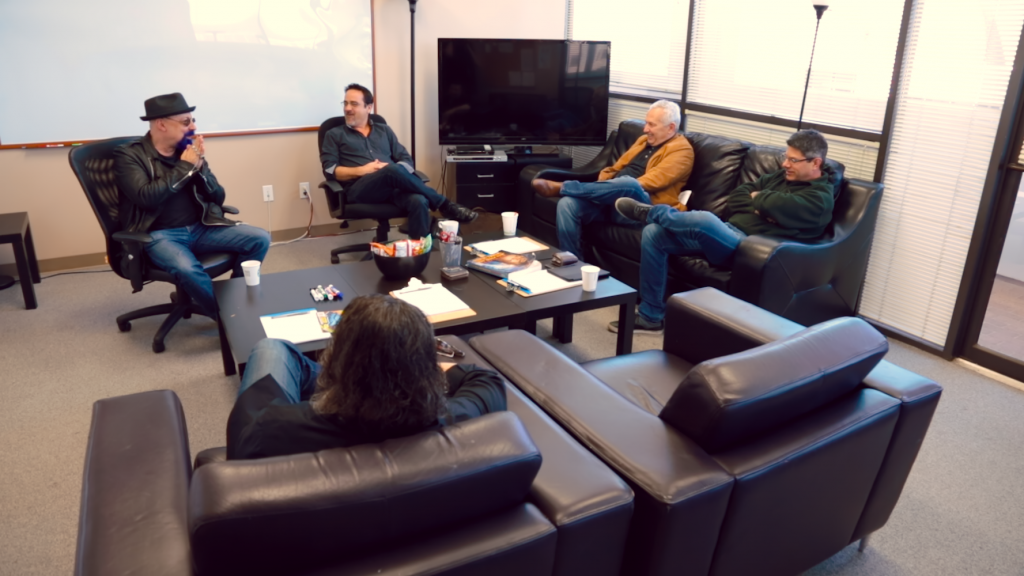
Behr’s documentary was announced years before, perhaps as a way to drum up interest in a possible high definition conversion of the existing negatives for Blu Ray release, and there are approximately 22 minutes of HD footage strewn throughout the film, but the movie succeeds more as a love poem to the dark horse of the Star Trek franchise. A few Deep Space Nine related groups out there hilariously demanded that no spoilers be revealed about the movie. I don’t know how that is possible. This is a documentary about a television series that ended 20 years ago.
There’s nothing to spoil, excepting perhaps Behr gathering some of the old writers together (among them requisite documentary presence Ronald D. Moore) to plot out a hypothetical eighth season of the show, which is accompanied by some vividly-drawn animations. What we get is confirmation of some of the more interesting stories about production and we see the actors, writers, and producers out of uniform having candid discussions about their time on Deep Space Nine. We also get Max Grodénchik (among others) decked out in a tuxedo, crooning a song about the show.
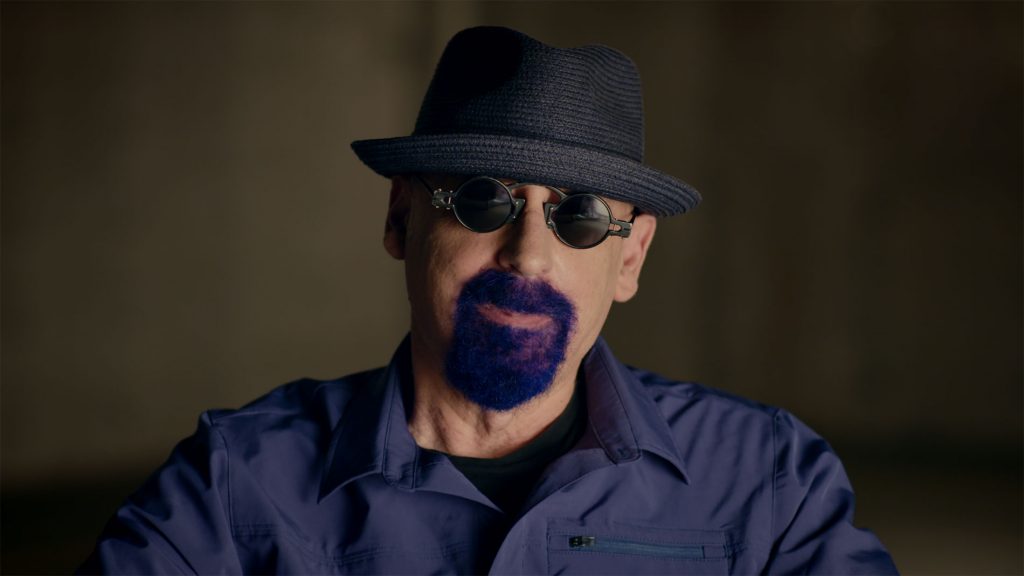
Behr is a character unto himself. If I remember my history correctly, he was brought to Star Trek: The Next Generation in an effort to smooth over some conflicts between the writers after the departure of Maurice Hurley. Uncredited, he re-wrote several teleplays. A few years later, he took over as show-runner for Deep Space Nine, and introduced the Jem’Hadar and the Dominion as the show’s “big-bad.” Even though he moved on to other projects (among them The 4400 and the 2002 reboot of Twilight Zone), Deep Space Nine was closest to his heart. He set the tone for the best years of the show’s run. Unlike most (if not all) television shows, Deep Space Nine improved as the years went by.
Because Deep Space Nine was never given the attention it deserved, and always seemed to be sandwiched between other Star Trek shows vying for viewers, as well as struggling against the syndication model the franchise did so much to pioneer, no retrospectives were produced, and no feature films were made. Aside from unnecessary preaching and proselytizing political commentary, this is a fine documentary about the black sheep of the Star Trek franchise. The eulogy of What We Left Behind may be the last we see on the subject of Star Trek: Deep Space Nine and that’s a damned shame.
Twice a week, Star Trek Rewind explores the Star Trek universe. From Archer to Janeway, Kirk to Picard, and Georgiou to Sisko — boldly read what no one has read before!
For more insane Star Trek babble, check out my podcast (with co-host David B. Anderson), Ship to Ship: A Star Trek Podcast.



